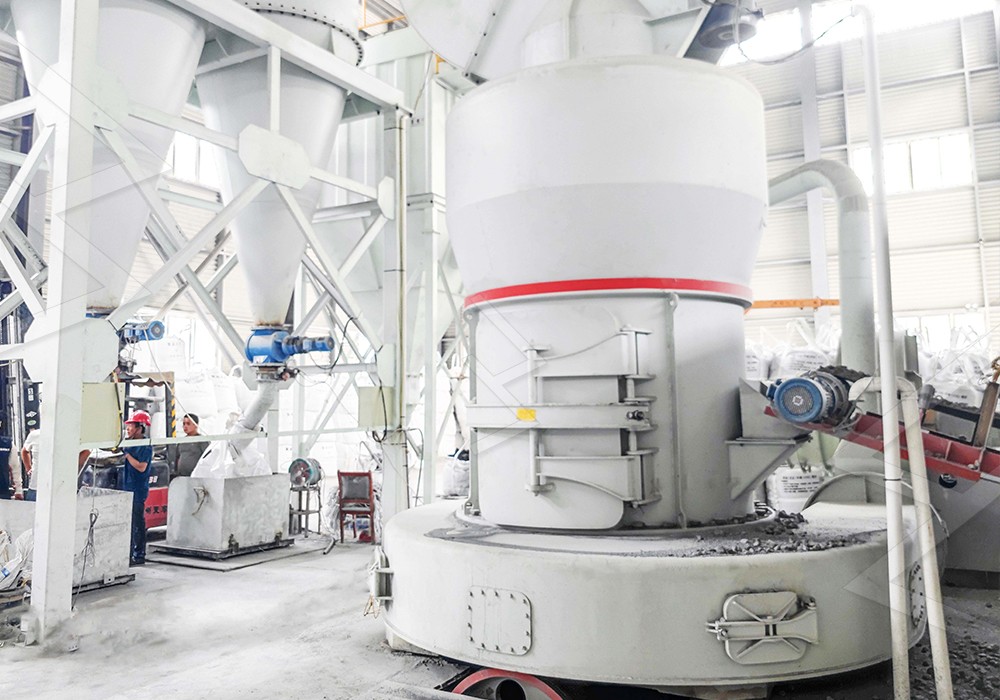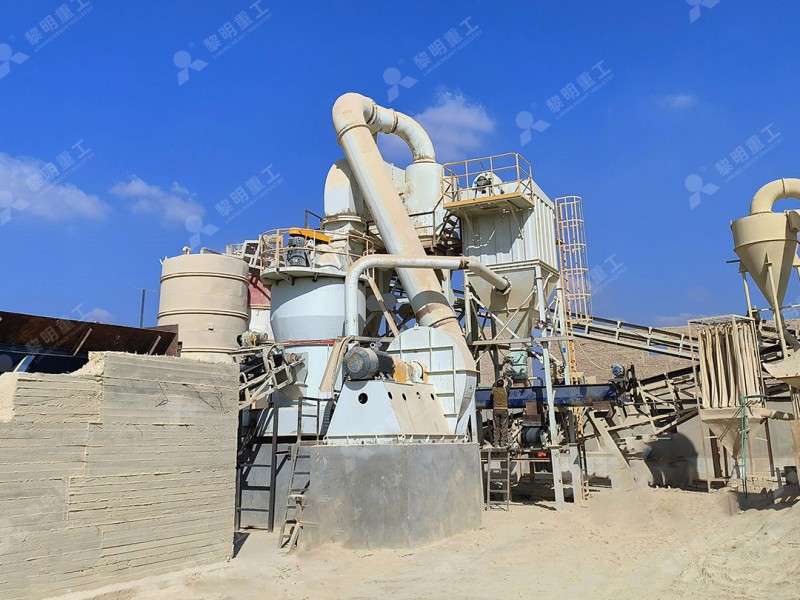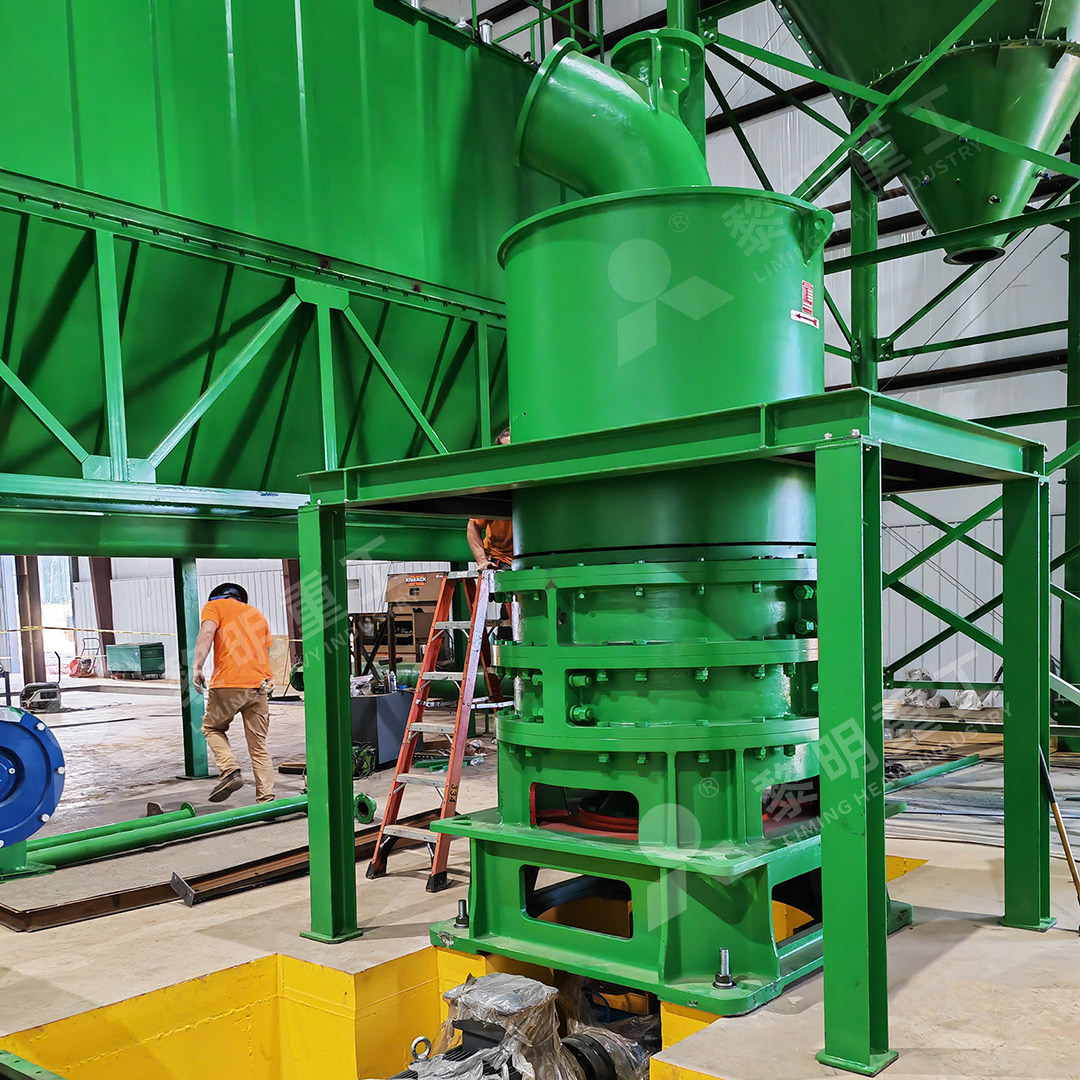Understanding Uranium Mill Tailings: A Byproduct of the Uranium Milling Process
Understanding Uranium Mill Tailings: A Byproduct of the Uranium Milling Process
Uranium mill tailings are the sandy, sludge-like residues left over after uranium ore has been processed to extract uranium. These tailings contain not only small amounts of uranium but also other radioactive elements such as radium and thorium, as well as heavy metals and chemical reagents used during the milling process. Proper management of these tailings is critical to prevent environmental contamination and protect public health.
The Uranium Milling Process
Uranium milling begins with the crushing and grinding of uranium ore into a fine powder. This powder is then treated with chemicals, typically sulfuric acid or alkaline solutions, to dissolve the uranium. The dissolved uranium is separated from the remaining solids through a series of steps, including leaching, solvent extraction, or ion exchange. The final product, known as yellowcake (U3O8), is then shipped for further processing.

Challenges Posed by Uranium Mill Tailings
The primary challenge with uranium mill tailings is their long-term stability. The radioactive elements in the tailings, particularly radium-226, have half-lives of thousands of years, meaning they remain hazardous for extended periods. Additionally, the fine-grained nature of the tailings makes them susceptible to wind and water erosion, which can spread contamination over large areas.
To mitigate these risks, modern uranium mills employ advanced grinding and separation technologies to minimize waste and improve recovery rates. For instance, our MW Ultrafine Grinding Mill is designed to process uranium ore with higher efficiency and lower energy consumption. With an adjustable fineness range of 325-2500 meshes, this mill ensures optimal particle size for leaching while reducing the volume of tailings generated.
Tailings Management and Remediation
Effective tailings management involves several strategies:
- Stabilization: Tailings are often mixed with binding agents like cement or lime to reduce their mobility.
- Containment: Tailings are stored in engineered impoundments lined with impermeable materials to prevent leaching into groundwater.
- Cover Systems: A multi-layer cover of soil and vegetation is placed over tailings to limit erosion and radon emissions.

Innovative Solutions for Tailings Processing
To further enhance tailings management, our LUM Ultrafine Vertical Grinding Mill offers a sustainable solution. This mill integrates ultrafine grinding, classification, and transportation, reducing the footprint of tailings storage facilities. Its energy-saving design cuts power consumption by 30-50%, making it an eco-friendly choice for uranium processors.
By adopting advanced milling technologies like the MW and LUM mills, the uranium industry can minimize waste generation, improve resource recovery, and ensure safer tailings disposal. As regulations tighten and environmental standards rise, investing in these solutions is not just prudent—it’s essential.

Conclusion
Uranium mill tailings represent a significant environmental challenge, but with proper management and cutting-edge technology, their impact can be minimized. Our MW and LUM grinding mills provide the efficiency and precision needed to optimize uranium extraction while reducing tailings volume. For more information on how these solutions can benefit your operations, contact our team today.
